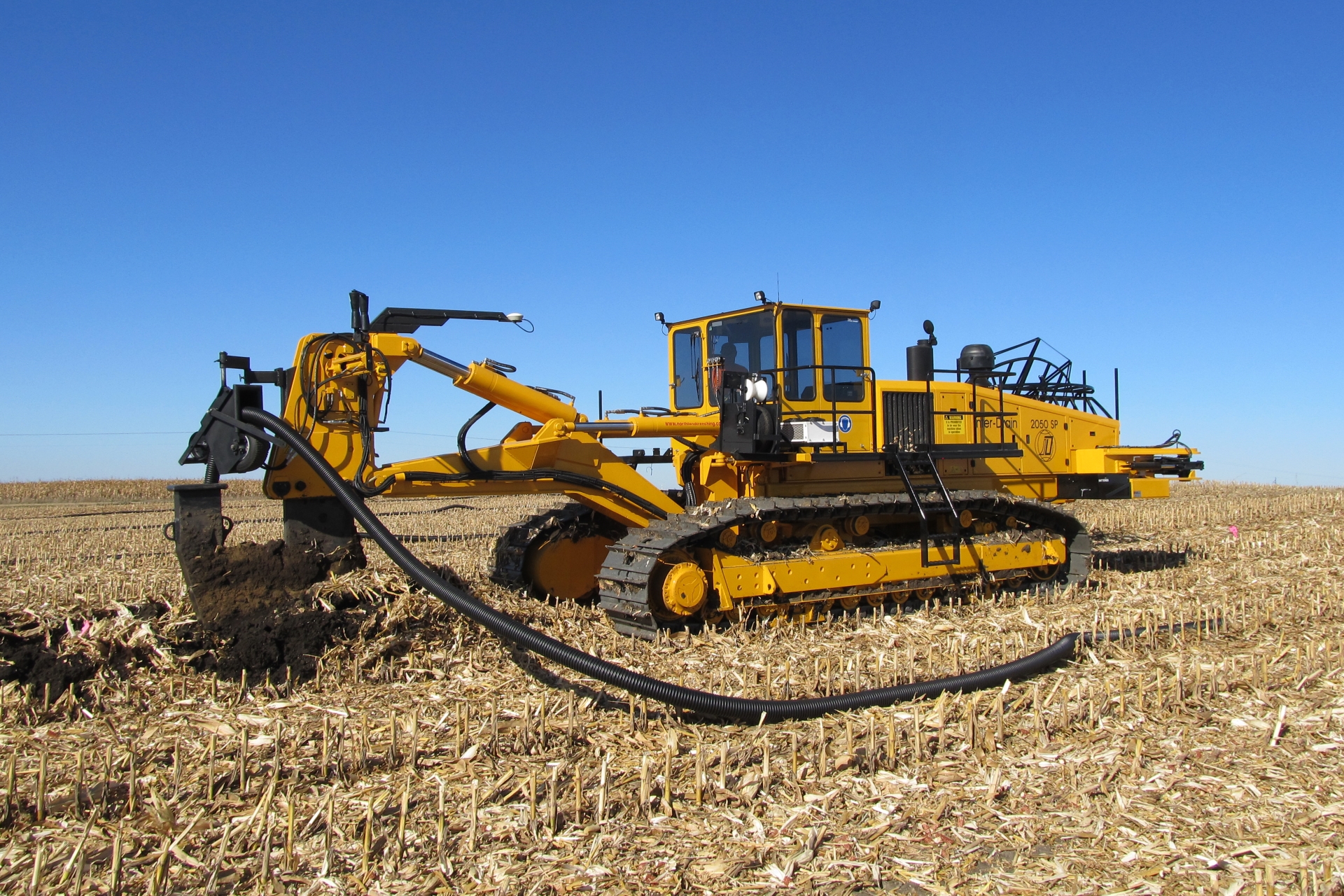Field tile drainage is a vital component of modern agriculture that helps farmers keep their farms productive and profitable. This technique involves installing a network of underground pipes, or tiles, that help to drain excess water from the soil, preventing waterlogging and soil saturation.
There are many economic benefits of field tile drainage for agricultural land. First and foremost, it can significantly increase crop yields, as excess water in the soil can cause crops to become waterlogged and suffocate. By removing excess water, field tile drainage ensures that crops have access to the right amount of water and nutrients, leading to healthier plants and larger harvest s.

Another economic benefit is that field tile drainage can help to reduce soil erosion. When soil becomes saturated, it can easily be washed away by rainfall or irrigation, leading to loss of topsoil and reduced fertility. By removing excess water, field tile drainage helps to keep soil in place and can even improve soil structure over time.
Field tile drainage can also help to reduce the risk of crop damage from pests and diseases. When soil is waterlogged, it creates a favorable environment for certain pests and diseases to thrive. By removing excess water, field tile drainage helps to create a drier, less hospitable environment for these organisms.
In addition to these economic benefits, field tile drainage also has important environmental benefits. By reducing soil erosion, it helps to prevent sediment from entering nearby waterways, which can harm aquatic ecosystems. It also helps to conserve water by ensuring that crops receive the right amount of water at the right time, reducing the need for excess irrigation.
Overall, field tile drainage is an important tool for modern agriculture that can help farmers keep their land productive and profitable, while also protecting the environment.